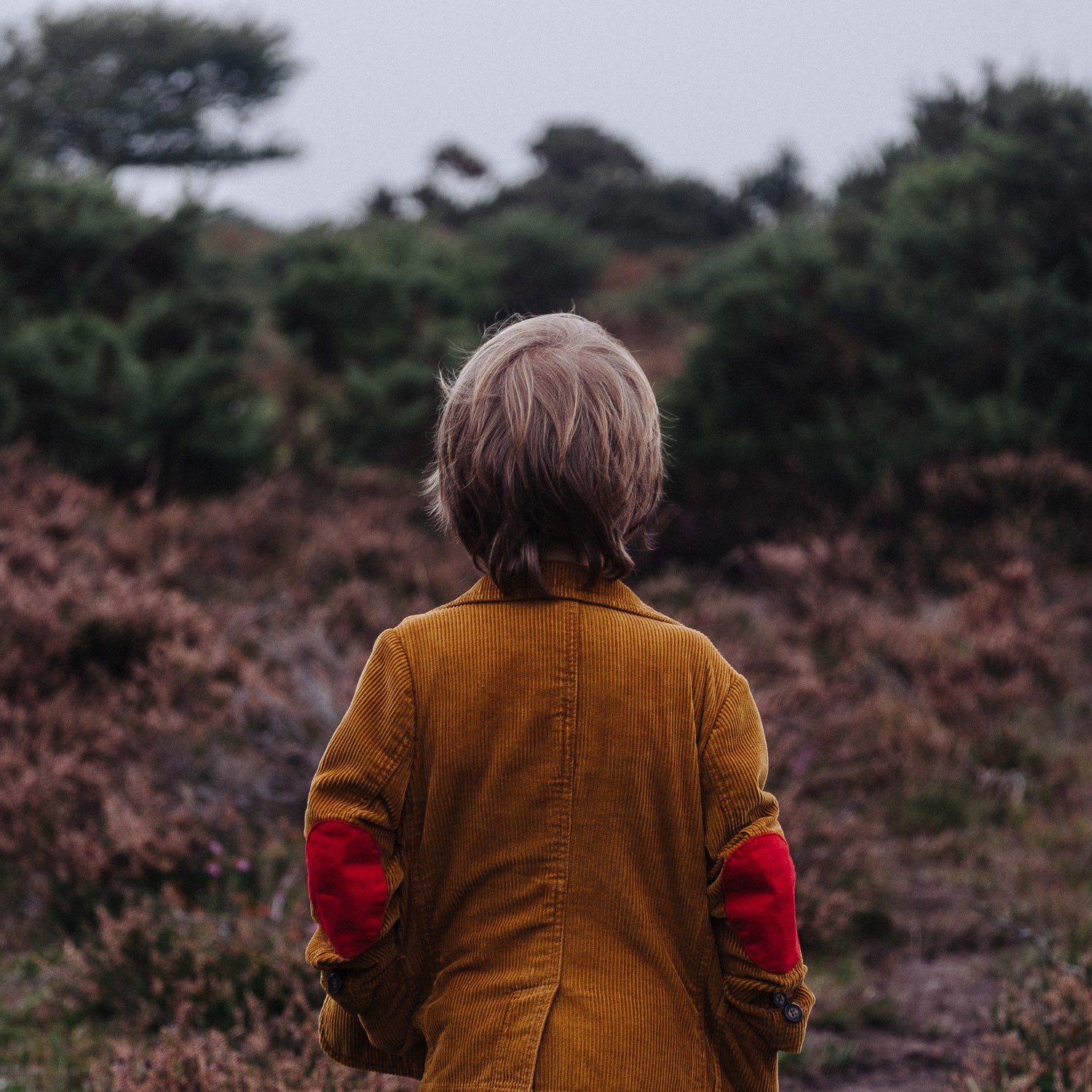Every few months my daughter’s public elementary school, like schools all around the country, practices emergency lockdown measures. “If there’s a bear outside, we go into our closet and turn off the lights,” my daughter, who’s seven, explained to me after the most recent drill. “We lie on the floor and put backpacks on our heads, all squished together. We’re not allowed to talk because bears are much stronger than people and can crash through the windows and get us. We have to stay in the closet for an hour until it’s safe.”
As a second grader, my daughter and her classmates are still too young to know exactly what–or who—they’re defending against. Bears, of course, aren’t nearly as grave a danger facing school children as gun violence, as last month’s deadly school shooting at Umpqua Community College in Oregon reminded us. The tragedy was the in the U.S this year, on the 274th day of the year.
Even when school violence happens across the country to children and people we don’t know, the trauma affects us all, to varying degrees. After the Roseburg tragedy, I’ve been plagued by the same panicky thought as 150 million other parents in the U.S.: Are my kids safe in school? And, according to the , children who hear about shootings through news outlets and at school are especially vulnerable to heightened anxiety and stress. Common symptoms include nightmares, regressing to younger behaviors like bed-wetting or thumb-sucking, and trouble concentrating in school. My husband and I don’t discuss traumatic events with our young daughters unless they ask, but we can’t shelter them completely from the risks or the fears.
What we can do is help them cope and try to ensure that the recent spate of violence—and attacks that may occur in the future—don’t leave them with lasting emotional trauma. Among the common-sense strategies the in the aftermath of a national tragedy: talking to your children about their fears, limiting their exposure to television and online news coverage, creating a safe environment at home, and resuming normal physical activities.
“Their need to be outside is not just a thrill, it’s a physical and emotional need,” explains LInda Buzzell, co-editor of 'Ecotherapy.' “We’ve just forgotten it.”
There’s another proven way to ease concerns and treat trauma: ecotherapy. That’s the term coined in the mid-1990s for using nature to promote psychological healing. “Nature therapies are being used very successfully to ease both emotional and physical trauma, and stress is one more form of this,” says Linda Buzzell, co-editor of the book and a psychotherapist at in Santa Barbara, California.
The stats back her up. published in 2010 from the University of Essex, in England, five minutes of “green exercise” outside in nature was as effective in treating mild-to-moderate depression in people of all ages as taking anti-depression medication, with young people and the mentally ill benefiting most. from physician Roger Ulrich found that hospital patients recovered faster from gallbladder surgery when they had a view of nature out the window. A published in 2006 in the determined that “forest therapy,” or walking through treed landscapes, has a calming effect on people—lowering levels of the stress hormone cortisol by 16 percent, as well as heart rate and blood pressure.
“We evolved as human animals to be part of nature and to be outdoors, so even the tiniest bit of nature connection is good for us,” explains Buzzell. “We have a deep longing for nature; it’s in our genes.” E.O. Wilson called this primal urge “biophilia.” “You can see it in children so clearly,” Buzzell says. “Their need to be outside is not just a thrill, it’s a physical and emotional need. We’ve just forgotten it.”
The that are being used to help returning veterans suffering from PTSD can help bring balance back to kids’ lives: raising plants, , walking along the beach or a forested park. Exercising outside together may be the best way to help relieve stress. A 2013 study out of Princeton University and published in the Journal of Neuroscience found that physical exercise and stimulates growth in the hippocampus, the part of the brain that regulates anxiety.
Even if you live in a city, with limited access to forests and wild places, getting your family’s daily dose of nature can be as simple as planting a windowsill garden in a high-rise apartment. “There are many methods of nature connection, and we can always find one nearby, even if it’s just looking up at the clouds and sharing what images we see,” Buzzell says. “All of this can be done inexpensively, no matter where you are. It’s not a big commitment of time.”
It would be overly simplistic to think that spending ten minutes a day outside with our children will put end to senseless mass violence. That will require stricter gun controls and more stringent mental-health screenings on a national level. But committing to a daily dose of DIY ecotherapy gives our children and ourselves a respite from the stress, and it’s something we can do right now, right where we are. Says Buzzell, “These little things add up to a deeper sense of well-being.”


